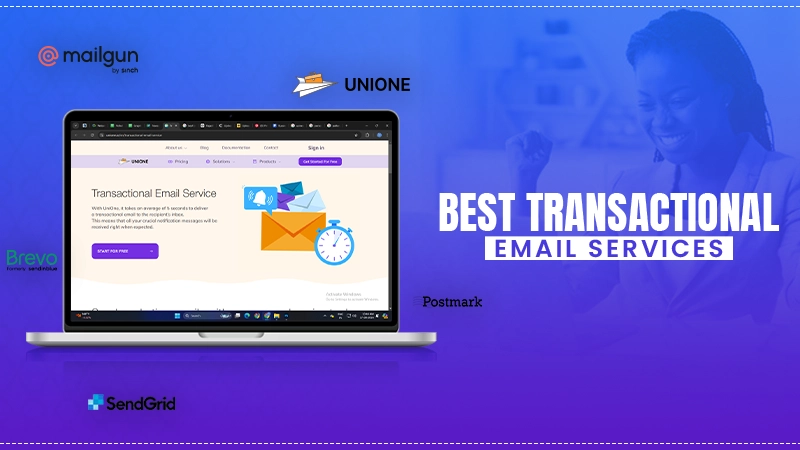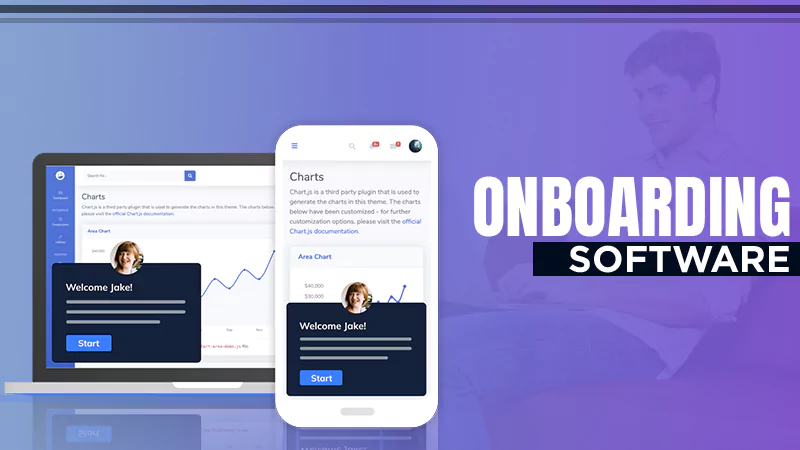Understanding Apportioned License Plates: A Guide for Transportation Professionals
Around 7.1 million people are employed by the trucking industry, which is 6% of the United States working population. The trucking industry contributes to the American economy by supplying a large quality of finished goods and raw materials.
Tucks are also heavily used by construction industries in the form of portable concrete mixers and dump trucks. As transportation serves the US economy, the government is also supportive of them. Govt. officials regularly issue new policies and laws for the benefit of commercial vehicle drivers.
Apportioned License Plates are among the initiatives the govt started for the benefit of transportation. In this article, we will go through the overview. registration process and benefits of apportioned license plates for transportation.
What is an Apportioned License Plate?
The very definition of apportioned is to divide or share. That is exactly the concept behind the system — to ease the registration process for commercial vehicles that travel through several locations and Canadian provinces.
Rather than requiring a separate registration in each state, a truck or vehicle for business use can get an apportioned license plate, which means that they have been registered under the International Registration Plan (IRP).
The IRP is an agreement among the US states, the District of Columbia, and Canadian provinces. It allows for the distribution of registration fees that have been collected by the jurisdictions for vehicles that travel there.
You can drive through the various states without having to worry about the registration requirements, i.e. different colored plates or paperwork to be submitted. In short, it makes it wide open for the states to allow the businesses to do commerce in all the states.
Main Benefits Transportation Professionals Can Take Advantage Of
There are several benefits of using these plates for transportation professionals. Here we are discussing the 3 main benefits of these plates.
Simplified Registration Processes
The primary advantage of these plates is, of course, the facilitation of the vehicle registration process. For a company that deploys a fleet of vehicles through various states, having to keep track of and apply for each state’s regulations is a logistical nightmare.
These plates make it easy to comply with the various state regulations. Doing so ultimately reduces the administrative burden for every jurisdiction – and saves you time in the process.
Cost Efficiency
These plates are cost-saving for both individual truck drivers and delivery companies. Fees are based on the actual distance traveled in each member jurisdiction, so companies pay for what they use. This makes them especially beneficial for businesses that operate in numerous locations but travel significant distances in only a few.

Interesting Fact
Commercial transportation is necessary for every country to deliver materials for industries and retailers. In the above chart, you can see the data on energy consumption in transportation in the United States.
Enhanced Operational Flexibility
Vehicles used for business deliveries enjoy increased operational flexibility with these plates. Drivers can cross state lines without having to obtain additional registrations, which allows for more efficient route planning and scheduling.
This flexibility is particularly advantageous for companies looking to optimize operational efficiency and respond to fluctuating market demands quickly.
How to Obtain Apportioned License Plates
The process of acquiring apportioned license plates involves several key steps. The first is to apply to the company’s base jurisdiction — the state or province of primary commercial vehicle use and where the business central is located.
The application requires information about the fleet, including the weight and type of each commercial vehicle and the states or provinces in which it will travel.
Documentation for proof of ownership or lease agreement and payments of the registration fees based on the estimated distance in each jurisdiction are required as well.
Keep in mind that requirements can vary significantly from one state or province to another, and consulting a knowledgeable partner like FMCSA Registration can streamline the process.
They provide advice and support and ensure that your company complies with all statutes to acquire apportioned plates as smoothly and efficiently as possible.
DO YOU KNOW?
The United States truck transportation industry is expected to grow by around 21% by the year 2025.
In conclusion
Understanding and obtaining apportioned license plates are both key for transportation professionals who operate across state or provincial lines. Not only do these plates simplify the registration process, but they also provide cost benefits and allow for operational flexibility.
Companies can simplify the complexities of apportioned license plates by leveraging the IRP to remain in compliance and using a resource like FMCSA Registration.
This strategy leads to more efficient operations, which is necessary for the viability of any transportation business in such a competitive industry. If you find this article insightful, share it with others and check out other helpful articles on our platform.
Share















